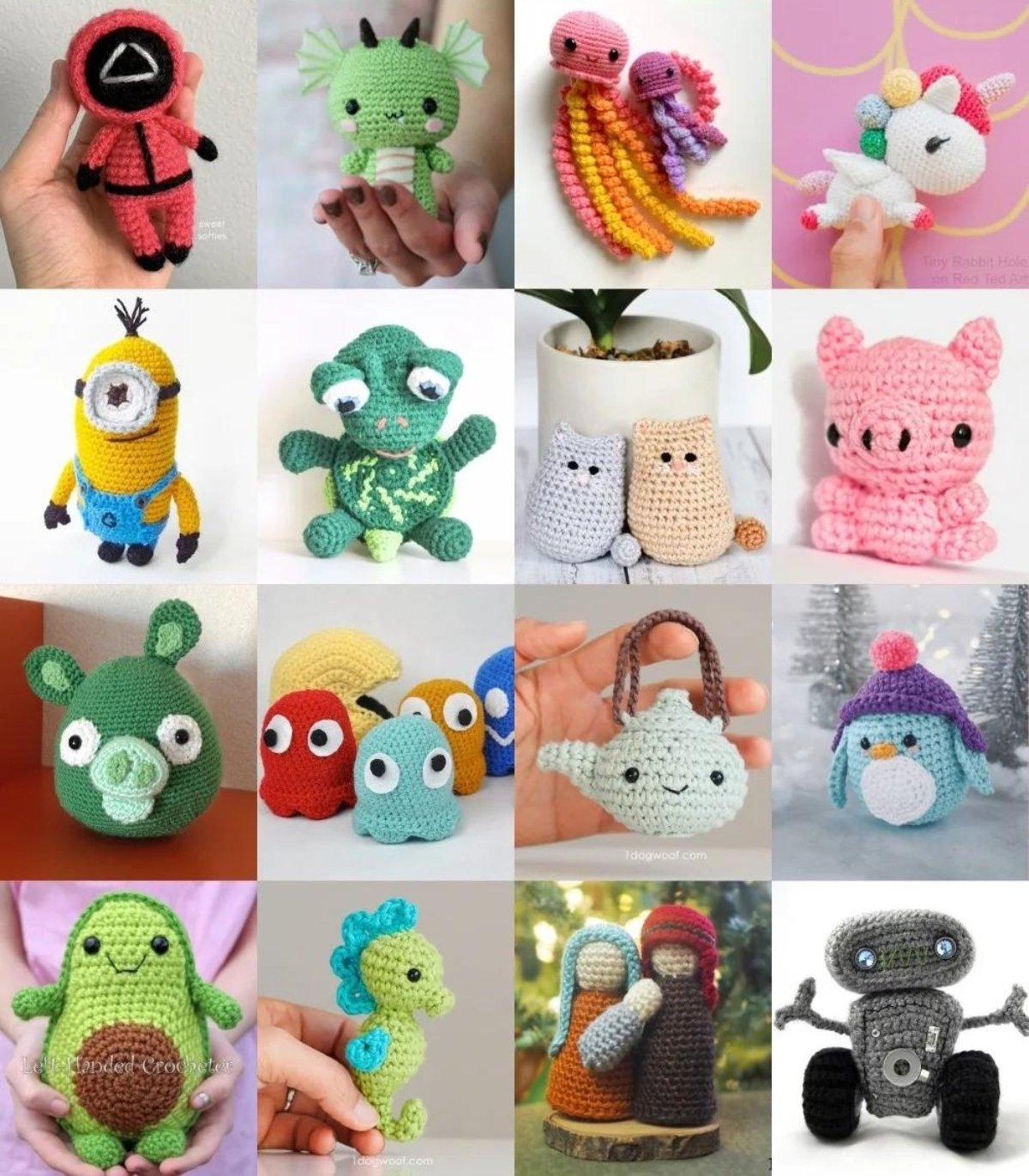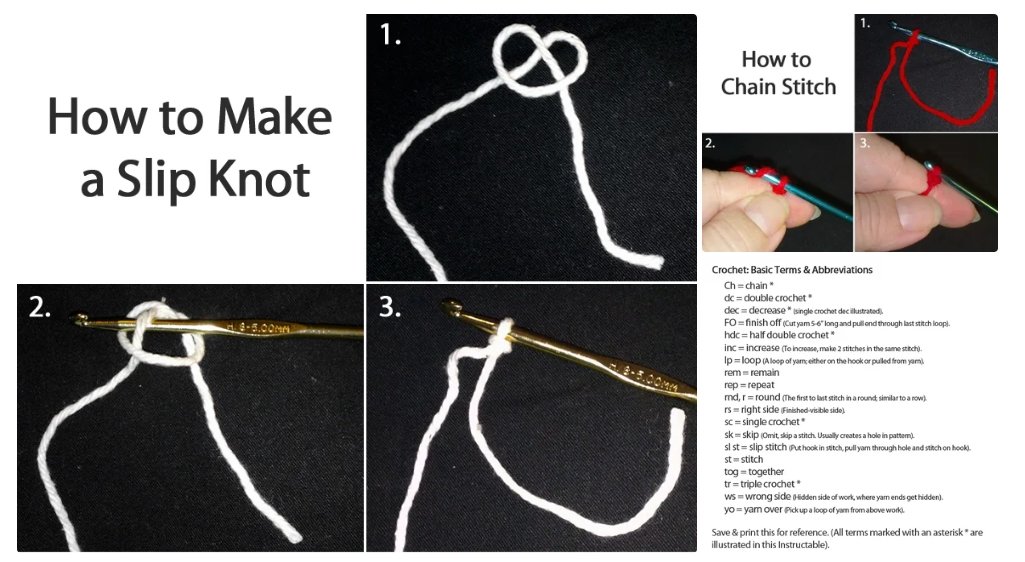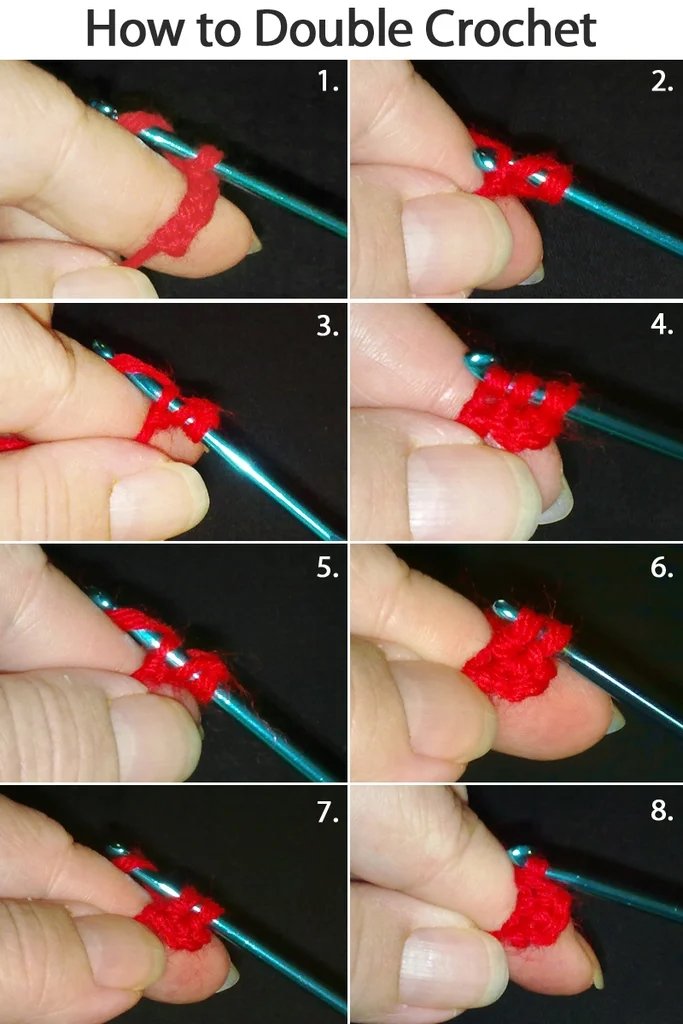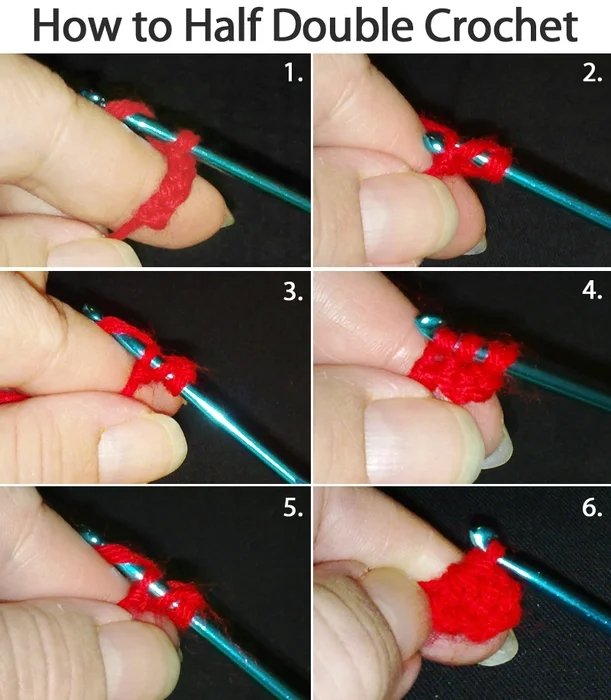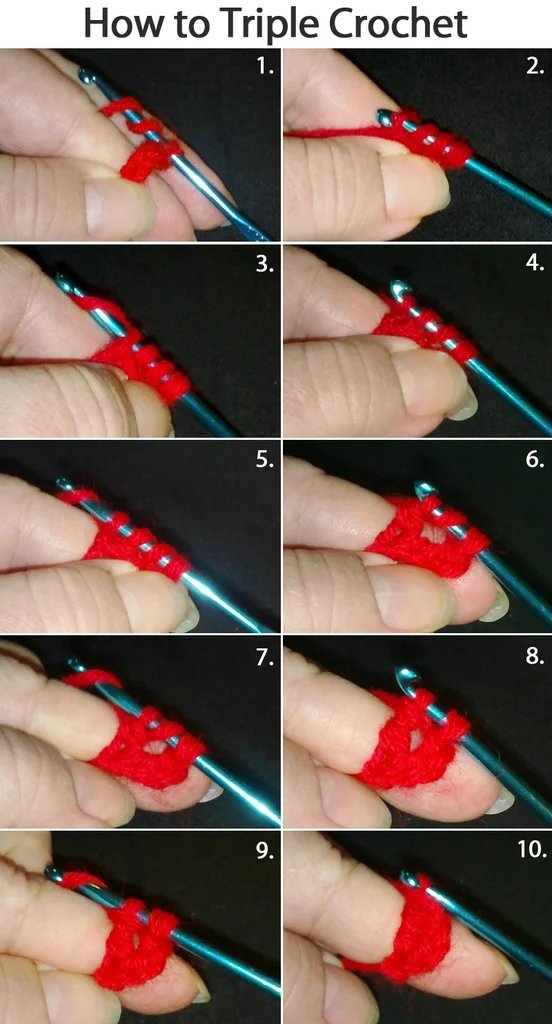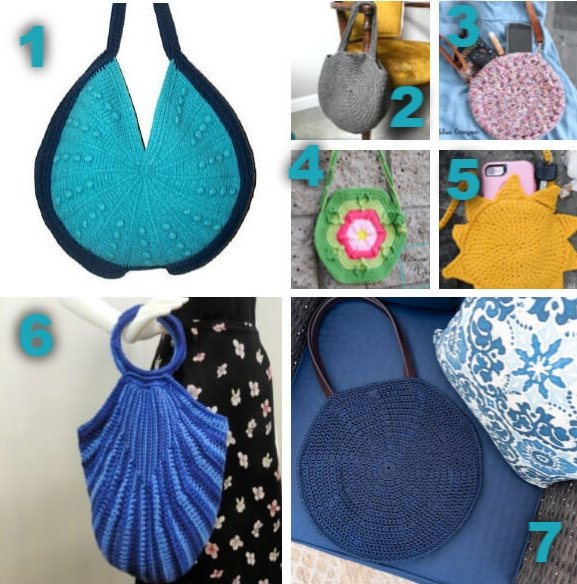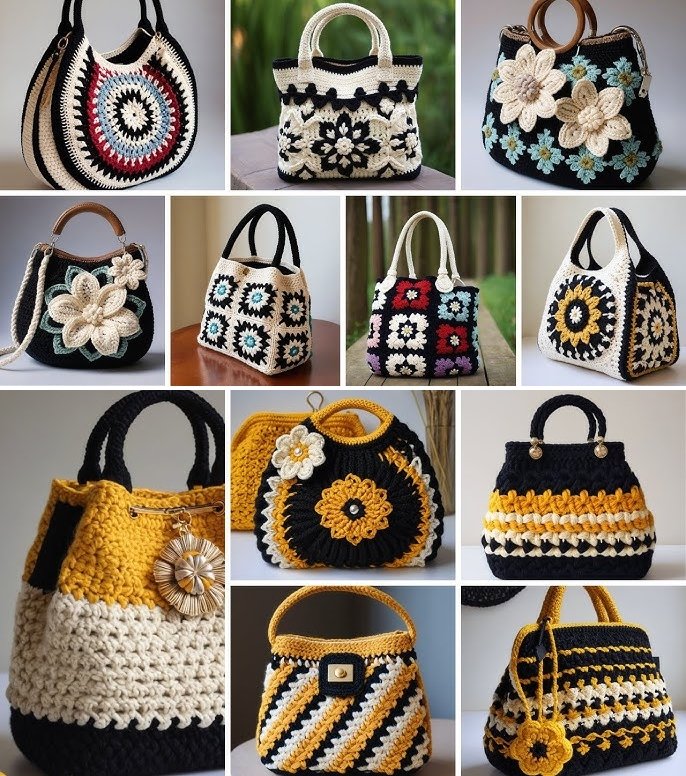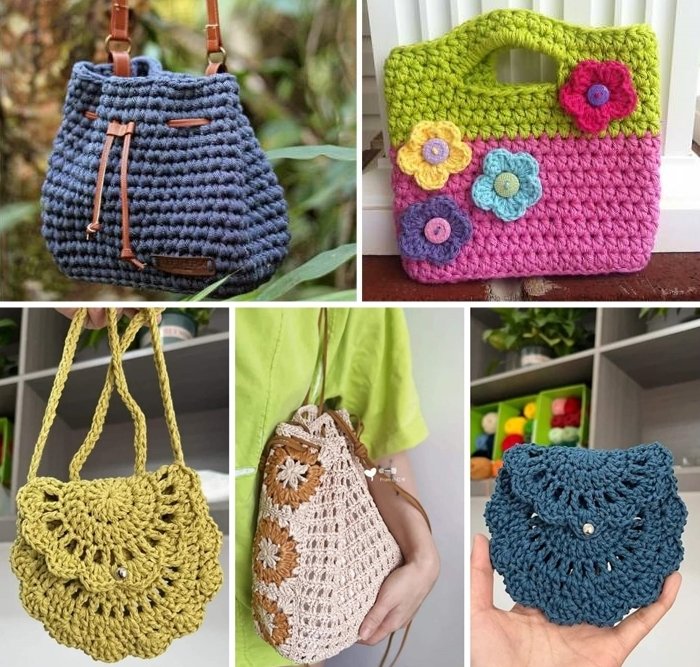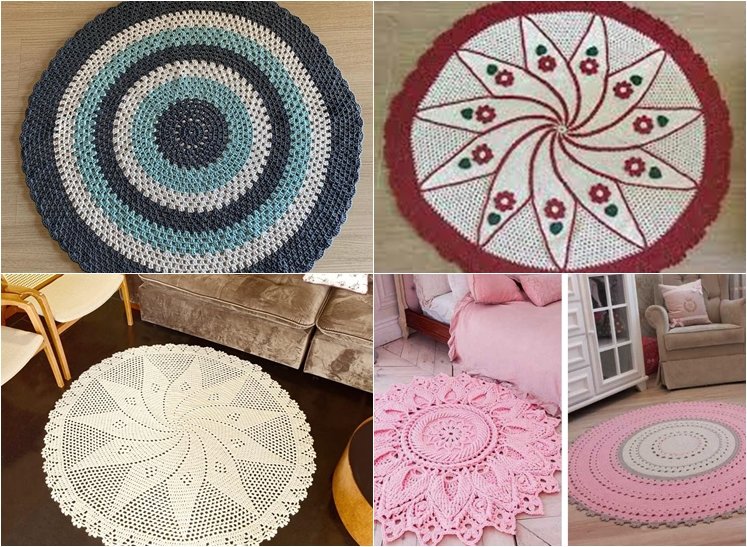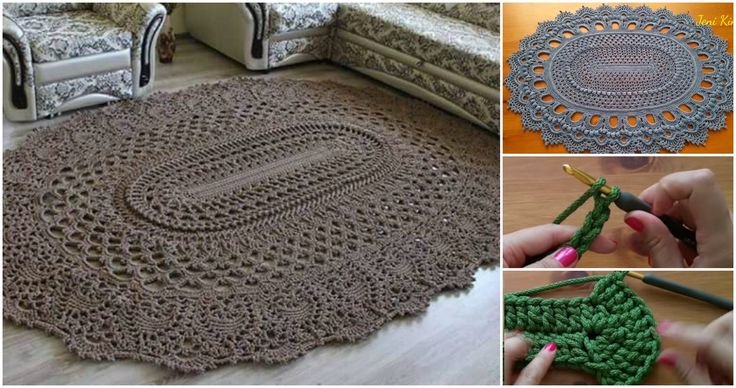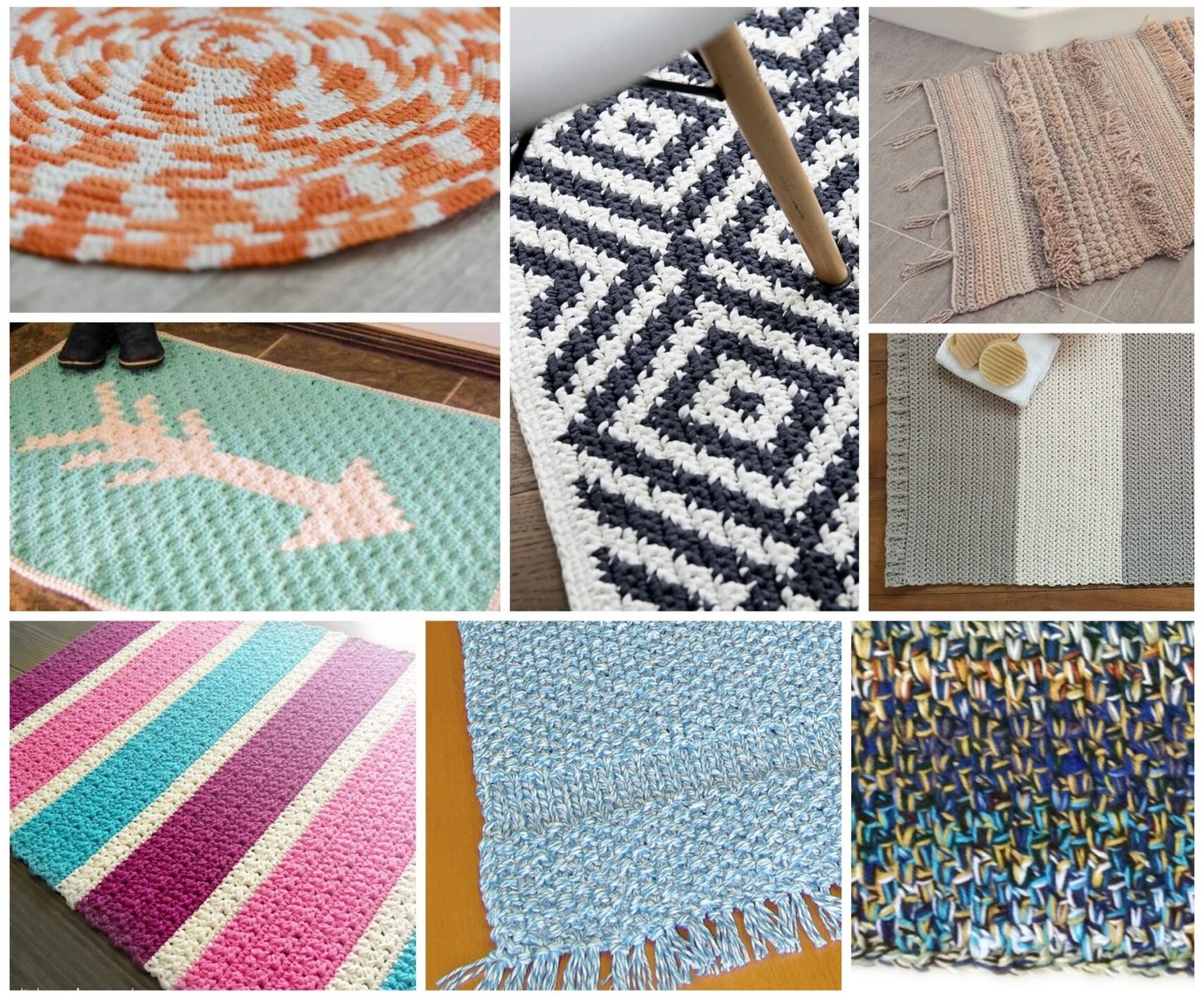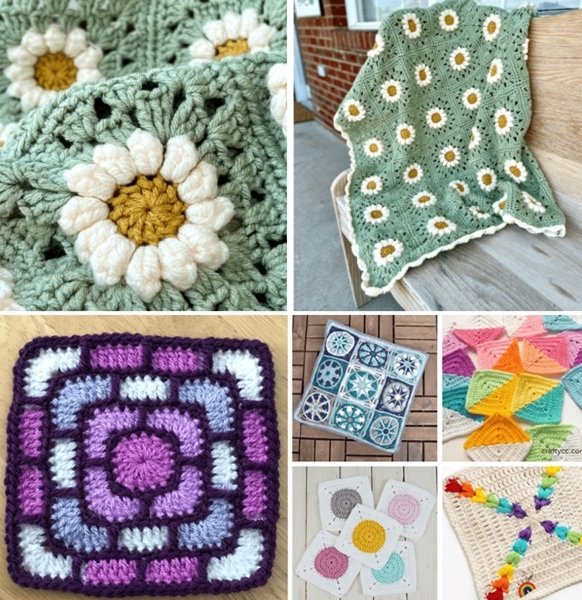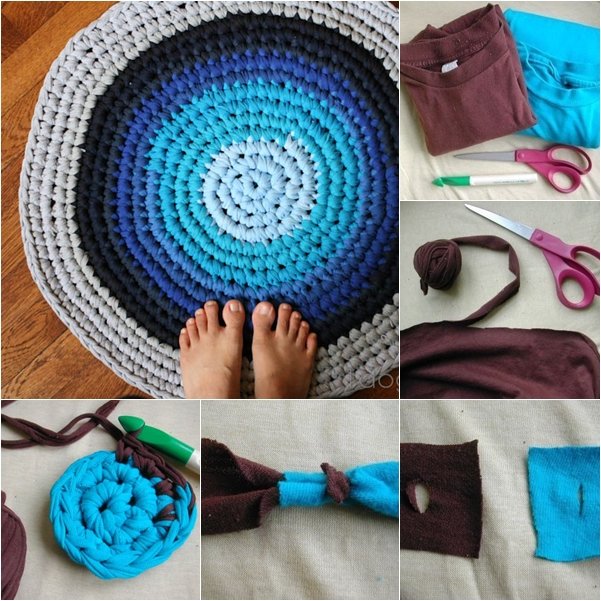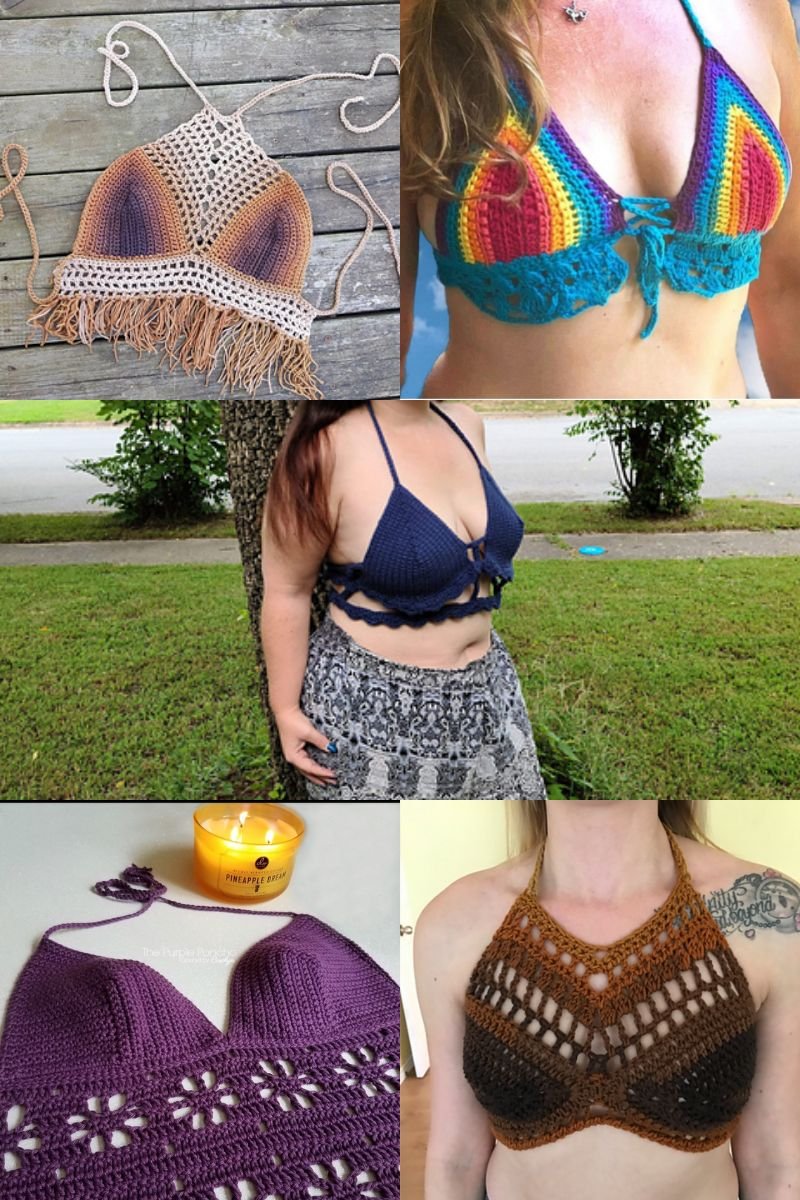A menudo, nuestras prendas favoritas requieren algún tipo de arreglo, ya sea un pequeño desgarro, un botón que se ha caído o un dobladillo que necesita ser ajustado. Sin embargo, muchas personas se sienten intimidadas por la idea de intentar repararlas por sí mismas, temiendo que sus esfuerzos solo resulten en un desastre. Esta aversión puede llevar a que esas piezas queridas queden relegadas a un rincón del armario, olvidadas y sin uso.
Pero, ¿y si te dijera que arreglar tu ropa puede ser más fácil y gratificante de lo que piensas? Con algunos trucos sencillos y útiles, puedes convertirte en el héroe de tu propio armario, dándole una nueva vida a tus prendas sin necesidad de ser un experto en costura. No solo aprenderás a resolver esos pequeños problemas, sino que también te sentirás más conectado con tus prendas, apreciando el esfuerzo que implica cuidarlas.
En este artículo, te compartiremos una serie de consejos prácticos que te ayudarán a abordar reparaciones comunes de manera segura y efectiva. Desde técnicas básicas de costura hasta trucos para mejorar la apariencia de tu ropa, ¡te sorprenderás de lo fácil que es llevar a cabo estos arreglos! Prepárate para transformar tu relación con la costura y descubrir el placer de reparar tus propias prendas.
Trucos de Costura y Corte
Ofreceremos algunos trucos sencillos y útiles que puedes aplicar a la hora de coser o arreglar una prenda de vestir.
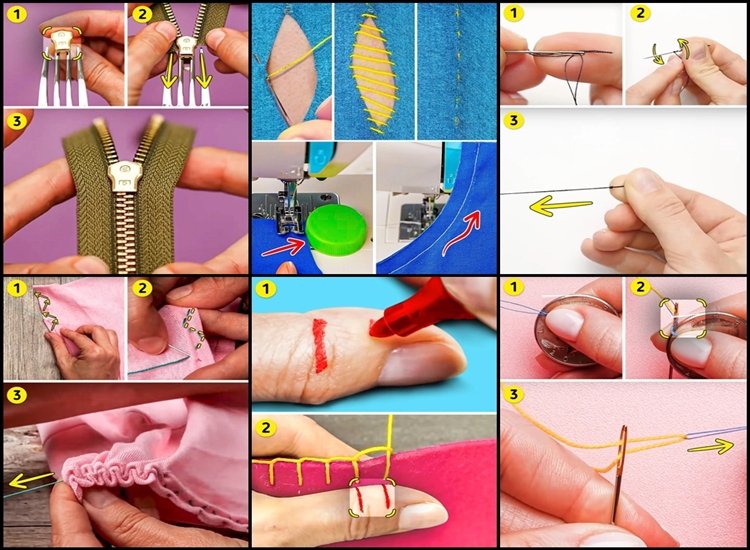
1. Une una cremallera
Materiales:
- Tenedor
- Cremallera (con tirador)
Pasos:
- Preparación del tenedor: Selecciona un tenedor que sea robusto y que tenga dientes lo suficientemente anchos para sostener el tirador de la cremallera.
- Fijar el tirador: Coloca el tirador de la cremallera entre los dientes del tenedor. Debe estar centrado para garantizar que ambos lados de la cremallera se alineen correctamente.
- Insertar los lados: Toma cada lado de la cremallera. Introduce un lado en el tirador, asegurándote de que los dientes se alineen. Luego, repite con el otro lado.
- Cerrar la cremallera: Tira suavemente del tirador hacia abajo. Asegúrate de que los dientes se unan correctamente mientras cierras la cremallera.
- Verificación: Abre y cierra la cremallera varias veces para asegurarte de que funcione sin atascarse. Si no se cierra correctamente, revisa la alineación de los dientes.
Si el tirador está dañado, considera reemplazarlo en lugar de intentar repararlo. Si la cremallera sigue fallando, revisa si los dientes están doblados o dañados.
2. Elimina hilos sueltos de la ropa
Materiales:
- Goma de borrar (blanca y limpia)
Pasos:
- Identificación de hilos: Examina la prenda para encontrar hilos sueltos que se estén descosiendo.
- Colocar la goma: Toma la goma y colócala directamente sobre los hilos, presionando ligeramente.
- Frotar suavemente: Mueve la goma de un lado a otro o hacia arriba y abajo. La fricción ayudará a que los hilos se adhieran a la goma.
- Revisar: Después de unos segundos, retira la goma y verifica si los hilos han quedado adheridos a ella.
Evita usar gomas de borrar de colores, ya que pueden dejar manchas en la tela. Si hay muchos hilos, repite el proceso hasta que estén todos eliminados.
3. Arregla mangas estiradas
Materiales:
- Aguja
- Hilo (de color similar a la prenda)
- Tijeras
Pasos:
- Preparar la prenda: Coloca la prenda sobre una superficie plana y asegúrate de que esté bien estirada.
- Coser el borde: Cose a lo largo del borde de la manga usando una puntada simple. Puedes hacer una puntada recta o en zigzag, dependiendo de lo que prefieras.
- Intercalar puntadas: Alterna entre la parte superior e inferior de la manga, asegurándote de que las puntadas queden uniformemente espaciadas. Un buen espaciado puede ser de aproximadamente 1 cm.
- Ajustar: Si deseas un ajuste más ceñido, tira suavemente del hilo al finalizar y asegura el ajuste deseado.
- Finalizar: Haz un nudo en el hilo para asegurar que las puntadas no se deshagan.
Usa un hilo que sea resistente y que combine bien con la prenda. Si no estás seguro del ajuste, prueba la prenda antes de asegurar completamente las puntadas.
4. Haz puntadas precisas
Materiales:
- Tinta o marcador lavable
- Regla (opcional)
Pasos:
- Marcar la distancia: Usa el marcador para hacer pequeñas marcas en tu dedo pulgar, indicando la distancia deseada entre las puntadas (ejemplo: cada 1 cm).
- Preparar la tela: Coloca la tela sobre una superficie plana. Puedes usar alfileres para fijar la tela si es necesario.
- Coser con guía: Al coser, usa el pulgar como guía. Coloca el pulgar en la tela entre cada puntada, asegurándote de que las marcas estén alineadas.
- Verificar la costura: Revisa que todas las puntadas tengan la misma distancia al finalizar.
Usa un marcador que sea fácil de quitar o que se disuelva con agua para evitar manchas permanentes. Si no tienes un marcador, también puedes usar un lápiz de sastre.
5. Evita que el hilo se enrede
Materiales:
- Cera para hilos o bálsamo labial
Pasos:
- Preparar el hilo: Corta un trozo de hilo del largo necesario para tu proyecto de costura.
- Aplicar cera o bálsamo: Pasa el hilo a lo largo de la cera o bálsamo, asegurándote de cubrir bien una sección del hilo.
- Coser: Inserta el hilo en la aguja y comienza a coser. Notarás que el hilo se desliza más suavemente y no se enreda.
Si usas bálsamo labial, asegúrate de que sea uno que no deje residuos grasos. Si el hilo sigue enredándose, verifica si estás usando una aguja adecuada para el tipo de hilo.
6. Haz un nudo grueso
Materiales:
- Hilo
- Aguja
Pasos:
- Colocar el hilo: Inserta un extremo del hilo en la aguja y colócalo sobre tu dedo índice.
- Enrollar el hilo: Con el dedo pulgar, presiona el hilo y la aguja. Enrolla el hilo alrededor de la aguja de 4 a 6 veces, dependiendo de cuán grueso desees que sea el nudo.
- Formar el nudo: Sujeta el hilo y tira de la aguja hacia abajo para que el nudo se forme en la base de la aguja.
- Ajustar el nudo: Jala firmemente del hilo para asegurar que el nudo no se deshaga.
Un nudo más grueso es ideal para tejidos pesados o cuando necesitas que el nudo sea resistente. Si el nudo se deshace, verifica que no haya demasiado hilo suelto.
7. Enhebra una aguja
Materiales:
- Moneda
- Hilo (grueso y delgado)
Pasos:
- Preparar la oreja: Pega un extremo del hilo delgado a una moneda, creando un bucle que funcione como “oreja”.
- Enhebrar el hilo delgado: Inserta el hilo delgado en el ojo de la aguja. Asegúrate de que esté bien colocado.
- Pasa el hilo grueso: Toma el hilo grueso y pásalo a través del bucle del hilo delgado.
- Tirar de la moneda: Jala la moneda de un lado a otro. El hilo grueso debe pasar fácilmente por el ojo de la aguja.
- Ajustar el hilo: Asegúrate de que ambos extremos del hilo estén alineados y listos para coser.
Este método es especialmente útil para hilos muy gruesos o difíciles de enhebrar. Si no tienes una moneda, puedes usar un trozo de cartón o papel duro.
Con esta guía detallada, deberías sentirte más preparado para abordar cualquier pequeño arreglo en tus prendas. ¡Practica y verás cómo te vuelves más hábil con el tiempo!

